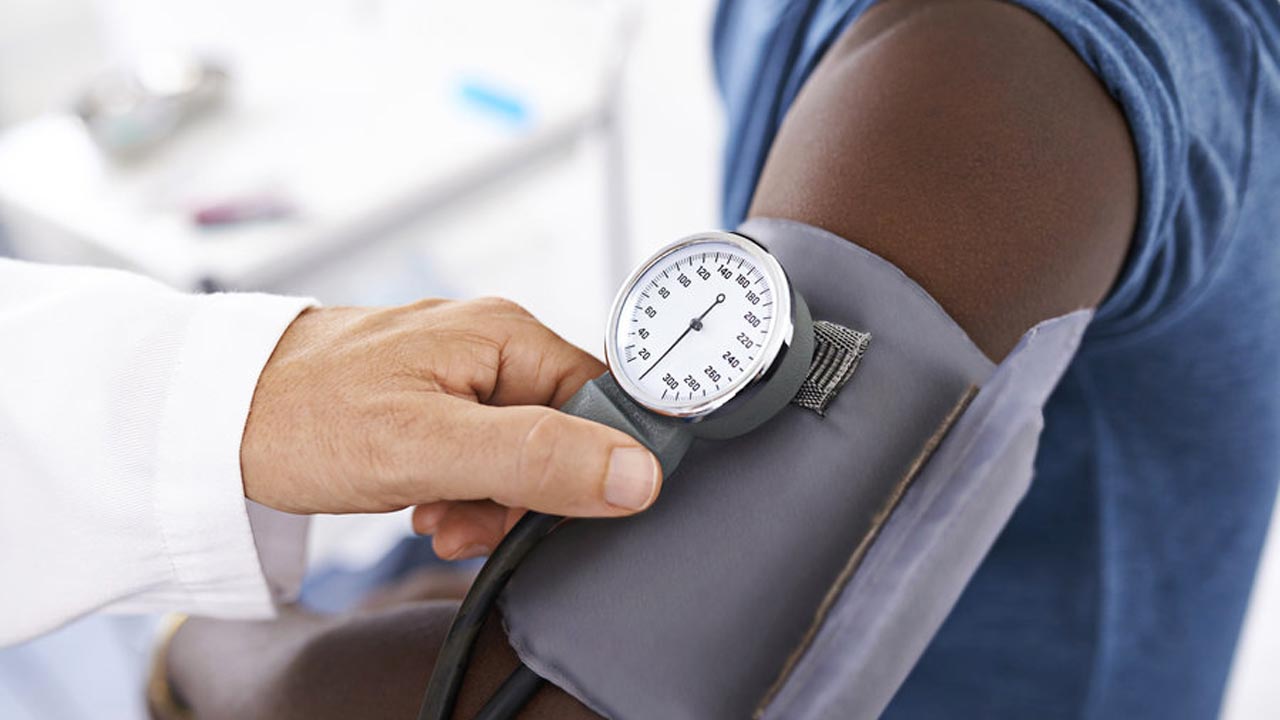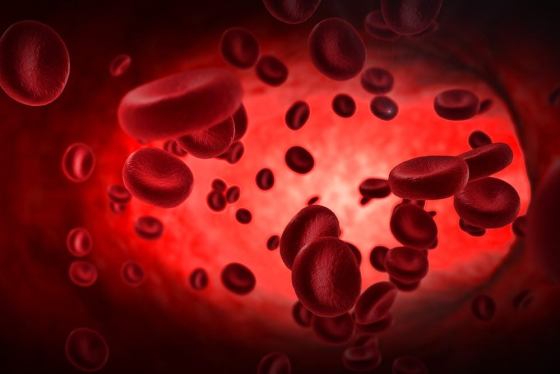. Staff asked misguided questions, skipped tests and left the emergency room doctor in a hallway for hours.
It was just after 6 p.m. on December 7, 2011, when I went to meet a colleague for dinner at a restaurant in Washington. It was dark and rainy, and I was about a third of the way across the intersection when I heard a loud thump and felt a sharp pain squarely in my backside. It took me a few moments to realize I’d been hit by a car. Before I could make sense of the situation, I had flown through the air and landed on the street.
“Are you okay?” a man asked me. I was so stunned that I said nothing — highly unusual for me. The man called for an ambulance. I feared I might be run over, lying there where drivers couldn’t see me. Two other men approached, keen on moving me out of the street. Having spent many years as an emergency physician, I knew that you’re not supposed to move a patient, but instead splint her where she lies so as not to injure her back or neck. In those fleeting moments, I debated whether to stay where I was and risk being run over or allow myself to be moved and risk further injury. I tried to mentally assess the damage to my neck and back and asked the two men to get me off the street.
They carried me through the pouring rain into a nearby restaurant, where I waited for the ambulance. When the emergency medical technicians arrived, they placed a C-collar around my neck and positioned me on a backboard for the short ride to the hospital. Once there, the triage nurse met me and confirmed that I could speak English. An EMT briefed the nurse, noting that I had been hit by a car.
“Where were you sitting?” the nurse asked.
“I wasn’t sitting in a car,” I said.
“Were you in the passenger seat or the driver’s seat?” she continued.
“No, I wasn’t sitting in a car,” I said. “I was walking across the street.”
It took several rounds of back-and-forth before she understood that I was in an “auto-ped” accident, as they call it in emergency department lingo.
The admitting emergency team rushed me into an examination room, where they asked if I was having any pain. It seemed an incongruous question, seeing as a car had just plowed into me. Yes, I was in considerable pain, I told them. An IV was inserted, and the morphine began to flow. A doctor came in next and began an initial exam to detect any risk of life- or limb-threatening emergencies. Then came a brief evaluation to ensure that I could come out of the C-collar and off the backboard, a visual inspection for external bleeding or misaligned bones, and an assurance that my heart and lungs were functioning normally. I told the doctor that I had severe pain in my knee and backside. She ordered a CT scan of my abdomen and pelvis as well as a chest X-Ray. Wasn’t she going to examine my knee and backside?
When the tests were completed, I was wheeled out of the exam room, still flat on my back. By this time, roughly three hours after the accident, the emergency department was chaotically busy and all of the rooms were filled, so I was parked in the hallway. A new round of clinicians stopped by my stretcher. “Well, everything looks fine on your tests,” the head clinician informed me. “There’s a little bleeding in the muscle around your hip area. We just don’t know if that’s going to continue, so we want to watch it. We’re going to admit you.” I gasped. I was still in denial that I had any serious injuries.
An inpatient bed wasn’t available, so I would be “boarded” in the hallway until one opened up. I lay there on my gurney for nearly 15 hours with my BlackBerry, my cellphone and a morphine drip, watching the bustle of hospital traffic around me. Several times, my blood pressure was taken. When the pain returned every two or three hours, I caught the eye of hassled staff members and had them tell the nurse, who would come by to give me an infusion of morphine.
I took comfort in being left in the hallway. It meant that I was okay, that the hospital staff wasn’t so worried about me. As a patient, though, I felt alone. I was struck by the demeanor of some hospital staff who rushed by. It seemed as if they were deliberately avoiding eye contact with any of us poor souls waiting in the hallway, lest they be interrupted and asked for help.
Good to go?
In the morning, the day crew appeared. Residents went from stretcher to stretcher, sorting out patient dispositions. Around this time, the staff learned that I was an emergency physician and moved me out of the hallway into a private room, assuming this is what I would want. The room was darkened so I could sleep, and the door was shut. Now, instead of feeling safe in the controlled chaos of the corridor, I felt abandoned, clutching my nurse call button, a lifeline to the world.
A new trauma team stopped by later in the day to review my case. Because I had been stable all night and no major injuries had turned up on the CT scans, they decided I was ready for discharge. “Nothing is broken; you can go home now,” said one of the team members. I was stunned. I was still in excruciating pain, and my knee and backside still hadn’t been checked. The good patient in me wanted to please the doctor and saunter out of the room, but the real person in me was scared. I told the team that I wasn’t sure I could walk now. I was traveling on business and staying alone in a hotel room, so I might not be able to care for myself, I said. Again, they told me: “Nothing is broken, so you can walk.” By now, no one had examined my swollen right knee or left hip area. I knew that serious ligament or cartilage injuries could be sustained without broken bones. No one had talked with me about whether I would be able to function safely at home or about follow-up care.
But the good patient won over, so, with trepidation, I said I was happy to go home. “Do you think I’ll be okay at the hotel?” I said. “My knee is swollen, and I’m not sure I can walk on it.” They sent for physical therapy to help. The PT team attempted to stand me up, and I nearly crumpled to the floor. I couldn’t support my weight, let alone walk. They helped me back onto the stretcher and then left the room to brief the admitting team. The resident returned. “There’s no medical reason to admit you,” he said, “but if you can’t walk, we’ll just have to.” The good patient in me felt embarrassed that somehow I had failed the “test” and was now an unnecessary admission, maybe taking the place of someone who needed the bed more than I did.
Diagnosis, piece by piece
The resident’s comment struck me as callous, as if addressing my basic need to function and recover after the accident had nothing to do with the care he and his colleagues were there to provide. The trauma team returned a bit later to tell me that a bed had opened up — in the maternity ward.
There, nurses came in and out as I asked, over and over, it seemed, “Is anyone going to look at my knee?” At the end of the day, an orthopedic consultant appeared. He determined that I had a medial collateral ligament tear and recommended putting me in a splint and getting me an MRI scan when I returned home to Boston. Finally, I had a partial diagnosis. During that first day as an inpatient, I experienced increasing lower abdominal pain and told the staff a few times. I suspected a catheter malfunction. I was told that catheters are irritating and always make you feel like you have to urinate. Each time I mentioned it, the bag was checked, the presence of urine was confirmed, and I was assured that the catheter was working. Six hours later when the admitting team came by, they pulled back my sheets and exclaimed, “Did you know your catheter fell out?”
Over the next several hours, the piecemeal evaluation continued. That night, I began to experience numbness and tingling in my leg and my hip. Three times, doctors or nurses came through, and each time I explained my concerns but was not evaluated. It wasn’t until 24 hours later, during the night of my second day of hospitalization, that I had a neurological exam, which revealed contusion of both the sciatic and the gluteal nerves.
On my third day in the hospital, someone asked if the admitting trauma team had done a history and physical. It had not. A resident finally did them. By my fourth day in the hospital, I was both medically and functionally stable, able to ambulate cautiously with assistance and a walker. I insisted on getting transferred to a rehabilitation facility near my home in Boston.
The art of care
Nearly two years later, after extensive rehabilitation, I am still limping and walking with a cane. I have had to adjust my daily routines. I still need wheelchair assistance at airports and still struggle with my balance on ramps and uneven ground. It is a challenge to put away bath towels on an upper shelf without tipping over. I still can’t ride a bike or hike. Even swinging open a door is problematic because I can’t fully brace myself against the weight of the door. The most dispiriting consequence of all, though, is the loss of independence. Every choice I make each day about where I go requires careful advance planning: What’s the terrain? Will I need to ask for help? How long will it take for assistance to arrive?
As a medical professional who became an accident victim and then a trauma patient, I was struck by the uneven nature of my care, which was marked by an overreliance on testing at the expense of my overall well-being. Instead of feeling like a connected patient at the center of care, I felt processed. This is disconcerting, especially at a time when patient-centered care — that is, care delivered with me, not to me or for me — is supposed to be becoming the new normal.
The oath of Hippocrates reads:
“I will prescribe regimens for the good of my patients according to my ability and my judgment and never do harm to anyone.”
This vow compels physicians to heed both the science and the art of medicine. The science often lies in defining the treatment regimens. The art lies in understanding what matters personally to the patient.
Even in an ideal world, this would be a high bar to clear. Despite some national consensus on quality standards, we have continued struggling to measure “the good of the patient.” But focusing on clinical measures is not enough. Tests may provide us with good data, but giving them doesn’t mean we’re necessarily serving the good of the patient. Instead of using a test to discover information about the patient, it is being used to define whether a patient even is a patient.
Know the patient
Weeks after my accident, I began rehabilitation treatment to work on activities of daily living such as getting out of bed, using a walker, preparing meals, taking a shower and getting up and down the stairs. The art of care promised by the Hippocratic oath flickered back to life. Here, personalized patient care was the rule, not the exception. I saw staff members treating every patient with dignity and respect, and listening to what mattered to them.
Each member of the rehabilitation team asked me what “my goal” was. I told them it was to be able to go up and down the stairs in my house. During my rehabilitation stay, I witnessed encouragement and compassion. Staff members appreciated my capacities, physical and emotional, and showed a sophisticated understanding of the gradations of care and recovery.
The guiding principle of all caregivers should be to know the patient, hear the patient and respond to what matters to the patient. It should make no difference where you practice; any provider can do this. Emergency departments can’t hide behind the excuses of “we’re too busy” or “it’s too chaotic” to avoid meeting this standard.
This story is excerpted from the Narrative Matters section of the journal Health Affairs; it can be read in full at www.healthaffairs.org. Yeh is chief medical officer for AARP Services.
By Charlotte Yeh
Washingtonpost.com
ABUJA: Training Schedule for Basic Life Support BLS, Pediatric Advanced Life Support (PALS), Advanced Cardiovascular Life Support ACLS, First Aid, CPR, AED
PORTHARCOURT: Training Schedule for Basic Life Support BLS, Pediatric Advanced Life Support (PALS), Advanced Cardiovascular Life Support ACLS, First Aid, CPR, AED
LAGOS: Training Schedule for Basic Life Support BLS, Pediatric Advanced Life Support (PALS), Advanced Cardiovascular Life Support ACLS, First Aid, CPR, AED





